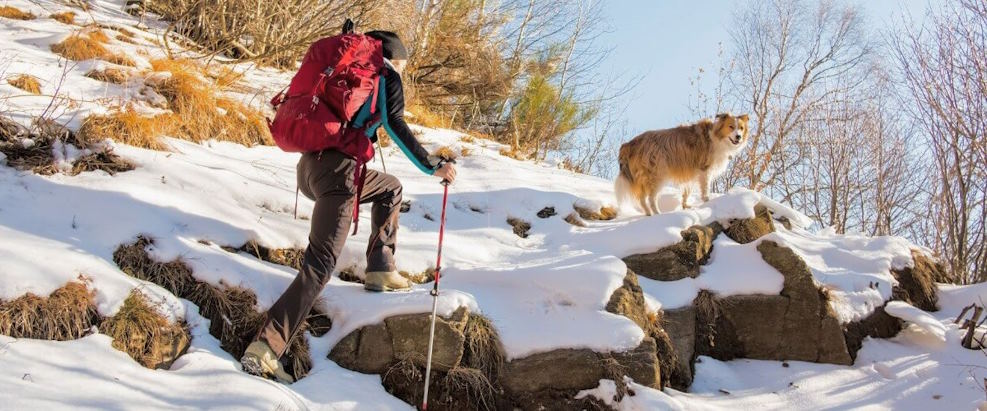Home » Improve Family Relationships » Winter Walks: More Harm Or Benefit?
Winter Walks: More Harm Or Benefit?

Winter walks offer a serene landscape painted in frost, the crunch of snow underfoot, and a crispness in the air that invigorates the senses. Yet, the debate surrounding their impact on health often pits the allure of the wintry scenery against the potential risks. Are winter walks more harmful or beneficial? Let’s explore.
The Benefits
Physical Health
- Exercise: Winter walks encourage physical activity, combating the temptation to stay indoors. Walking in colder temperatures can boost calorie burn as the body works harder to stay warm.
- Vitamin D: Even in winter, exposure to sunlight during walks can aid in Vitamin D synthesis, which is crucial for bone health and mood regulation.
Mental Well-being
- Stress Relief: Immersing oneself in nature during winter can alleviate stress and improve mental well-being.
- Improved Mood: The release of endorphins through exercise can combat seasonal affective disorder (SAD), a condition linked to reduced sunlight exposure in winter.
Connection with Nature
- Appreciation of Seasons: Winter walks allow individuals to embrace and appreciate the season’s beauty, fostering a deeper connection with nature.
- Mindfulness: The quiet solitude of a winter walk can promote mindfulness, encouraging introspection and relaxation.
Potential Harms
Physical Risks
- Cold-Related Injuries: Excessive exposure to cold temperatures can lead to frostbite or hypothermia if proper precautions, such as dressing in layers, aren’t taken.
- Slippery Conditions: Icy paths increase the risk of falls, potentially causing injuries.
Health Concerns
- Respiratory Issues: Cold, dry air can exacerbate respiratory conditions like asthma, leading to breathing difficulties.
- Reduced Immunity: Prolonged exposure to cold temperatures might weaken the immune system, increasing susceptibility to illnesses.
Finding the Balance
To maximize the benefits of winter walks while minimizing risks, consider the following:
- Dress Appropriately: Layer clothing, wear insulated, waterproof shoes, and cover extremities to stay warm and dry.
- Choose Safe Routes: Opt for well-maintained paths, avoiding icy or hazardous areas.
- Shorter Duration: Limit the duration of walks in extreme cold or windy conditions.
- Stay Hydrated: Despite the cold, staying hydrated remains important.
- Listen to Your Body: Be mindful of any signs of discomfort or overexertion.
Winter walks can immensely benefit physical and mental health, offering a unique opportunity to embrace the season’s beauty. However, acknowledging potential risks and taking necessary precautions is crucial to ensure a safe and enjoyable experience.
Ultimately, when approached with preparation and caution, the benefits of winter walks often outweigh the potential harms, allowing individuals to revel in the wonders of nature while promoting overall well-being.




